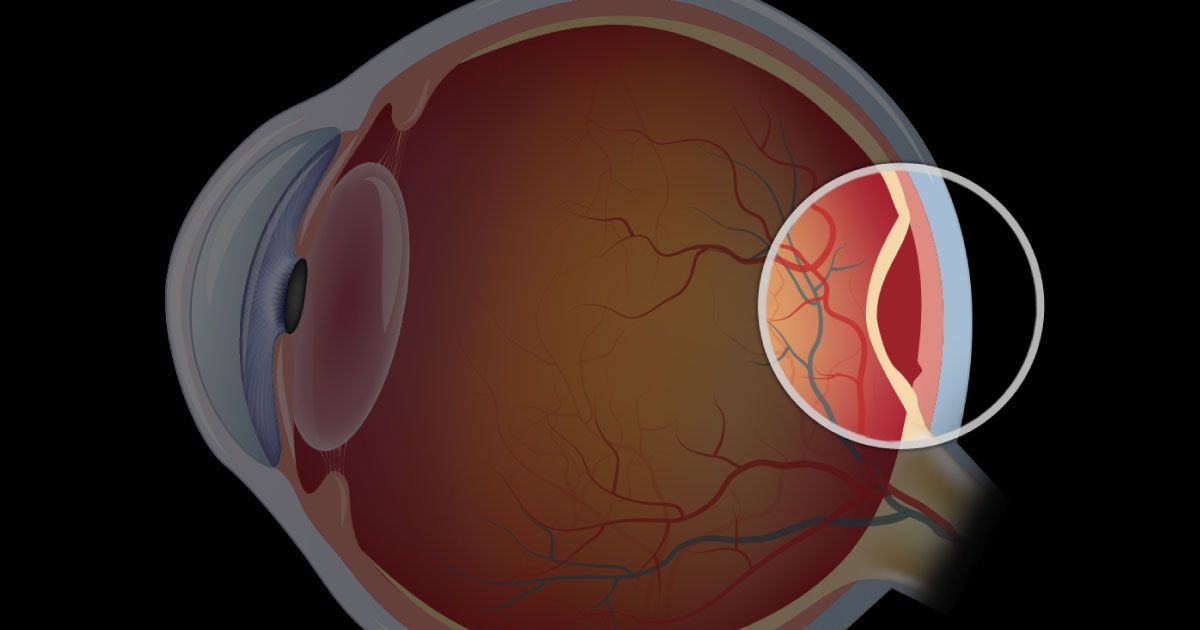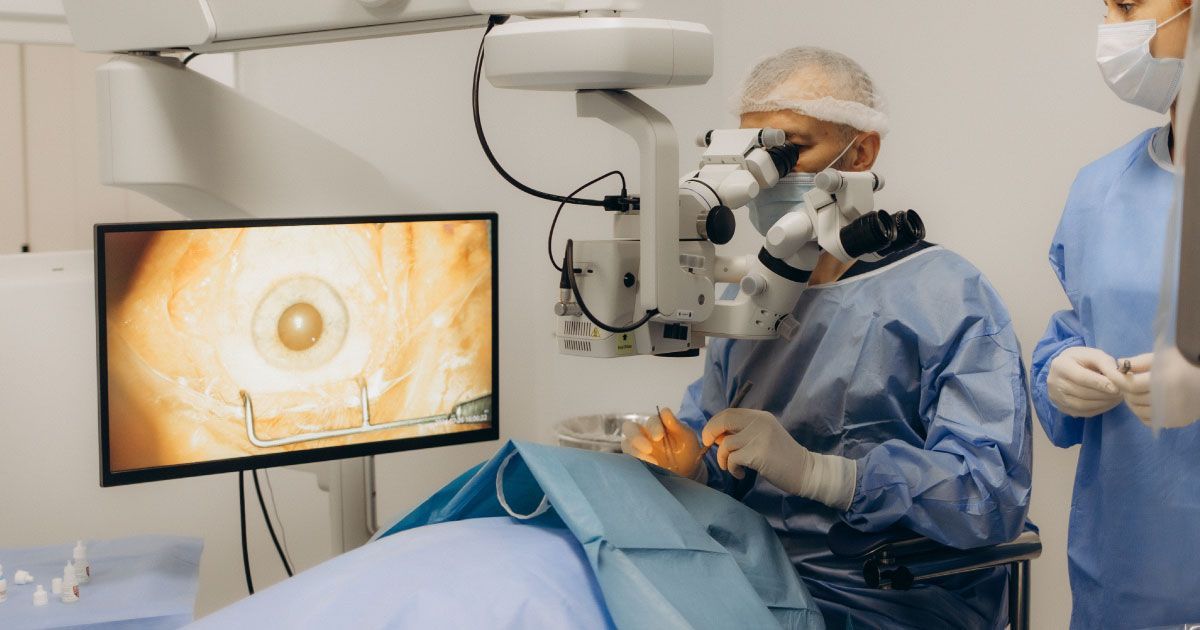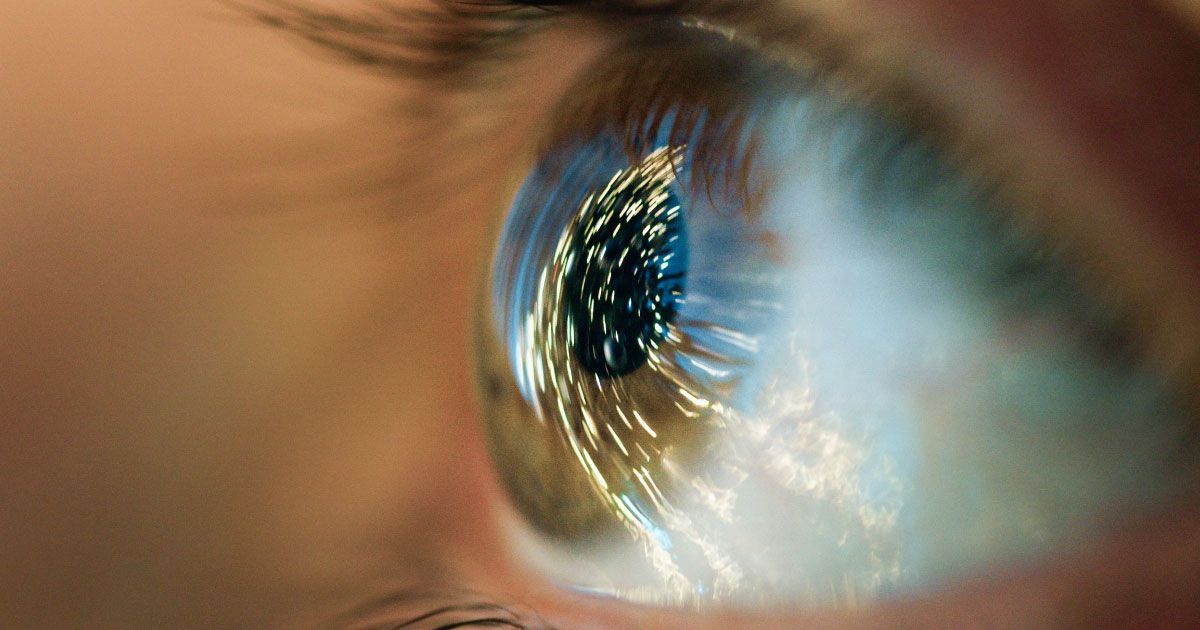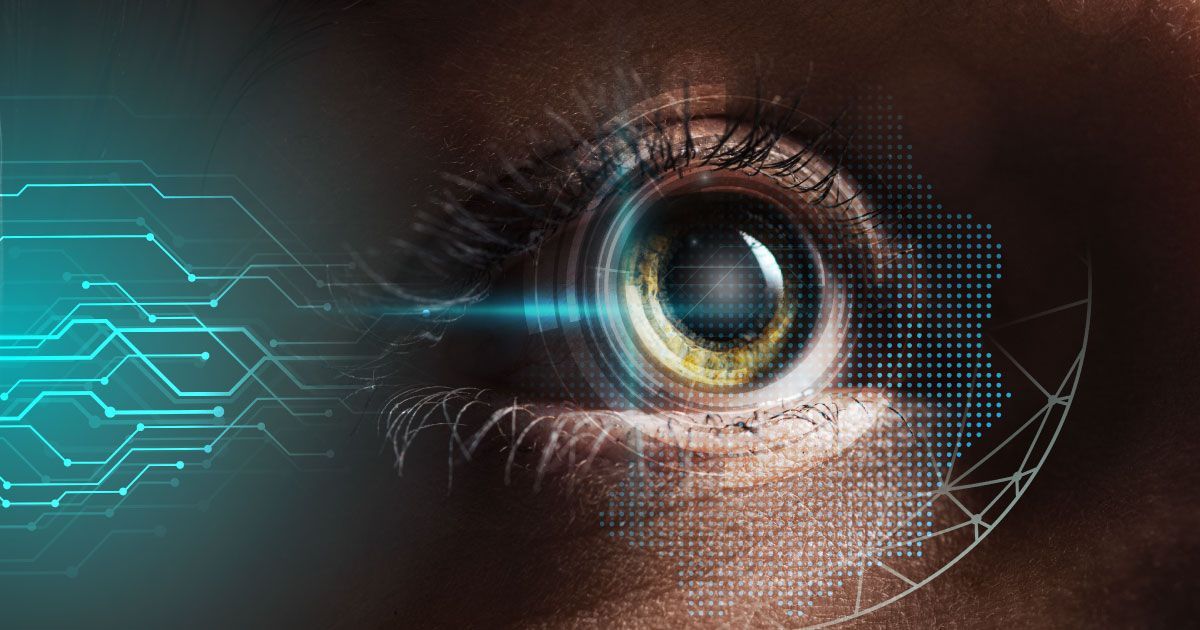Architectural Influences: Eyewear Inspired by Modern Buildings

Read time: 5 minutes
Have you ever looked at a building and noticed something familiar but couldn’t quite place it? What if we told you that the same sleek lines and shapes that catch your eye in modern buildings might also be at play in the eyewear you choose? Here at Urban Optiks Optometry, we see the world of eyewear as deeply intertwined with the broader world of design, particularly modern architecture.
This engaging connection isn’t just about appearance. It’s about embracing innovation, precision, and a bold vision—qualities shared by great buildings and eyewear. Architects and eyewear designers challenge themselves to blend functionality with aesthetic appeal, using similar materials and shapes to make their creations stand out.
In this article, we'll delve into how iconic structures inspire the design of eyeglasses and how you can spot this influence in the frames you wear. Whether you’re an architecture enthusiast or someone who appreciates a pair of stylish, well-crafted glasses, understanding this connection will add an extra layer of enjoyment to choosing your next pair of glasses. Join us as we explore this fascinating intersection of form and function.
Exploring the Connection Between Modern Architecture and Eyewear Design
The fascinating world where architecture meets eyewear design is rooted in a shared appreciation for structure, form, and aesthetics. Just as modern architecture utilizes innovative materials and shapes to redefine skylines, eyewear designers apply similar principles to transform how eyeglasses look and feel. Our approach at Urban Optiks Optometry extends beyond mere functionality—we aim to outfit you with glasses that resonate with modern design trends, mirroring the boldness and simplicity found in contemporary buildings.
These connections are not coincidental but are driven by a common pursuit of integration between form and function. Architects prioritize usability while weaving in contemporary aesthetics, which is how we select practical and stylish frames. The streamlined shapes and robust materials used in modern buildings inspire the frames we offer, ensuring durability without compromising on sleek, cutting-edge style.
How Iconic Buildings Influence Eyewear Shapes and Materials
Imagine walking through a city, observing iconic structures like the sleek curves of a modern museum or the stark, angular lines of a skyscraper. These architectural details inspire the design elements in eyewear by suggesting ways that materials and forms can combine to create beauty and strength. For instance, the use of glass and steel in buildings plays into eyewear designs through the integration of metallic elements and transparent acetates, yielding frames that are both sturdy and stylish.
Furthermore, iconic buildings often employ a palette that conveys a sense of luxury and innovation—qualities that we emulate in our eyewear selections. Matte textures and polished finishes recall architectural facades, while minimalist designs reflect the modern building's emphasis on clean, uncluttered lines. When choosing eyeglasses, we encourage you to think about the architectural styles you admire and see how these preferences could translate into your eyewear choices. This way, every pair of glasses serves a functional purpose and connects to a broader artistic vision, echoing the grandeur and creativity of the architectural wonders that inspire them.
Top Eyewear Styles Inspired by Architectural Elements
As we delve further into the unique relationship between architecture and eyewear, we uncover several popular styles that directly draw inspiration from architectural elements. Frames that mimic the clear lines and substantial forms of modern structures can often be seen in today’s eyewear trends. For instance, consider the robust and rectangular frames that mirror the strong lines of a contemporary skyscraper or the smooth, rounded spectacles that echo the curves of modernist architecture.
Material is another aspect where architecture significantly influences eyewear. The integration of metals like aluminum or titanium, which are also common in modern buildings, results in lightweight yet durable frames. These materials provide comfort and flexibility and reflect the sleek, metallic textures seen in urban constructions around the world. Additionally, the use of transparent or semi-transparent materials in glasses can parallel the glass facades that are a hallmark of modern architecture, offering a glimpse into the crossover between these two aesthetically driven fields.
Matching Your Eyewear to Architectural Styles: A Fun Fashion Guide
Choosing eyewear can be a fun and creative process, especially when you think about matching your glasses with your favorite architectural styles. If you’re attracted to the clean, minimal lines of buildings designed in the International style, opt for sleek frames with little to no ornamentation. For those who admire Art Deco architecture, with its rich materials and intricate details, eyeglasses with decorative elements or unusual shapes might be the perfect fit.
By aligning your eyewear with architectural designs you love, you enhance your visual appeal and make a personal style statement. Next time you choose a pair of glasses, think about the buildings that inspire you and how their characteristics might influence your selection. Whether it’s the bold, geometric shapes of Postmodern structures or the eco-friendly designs of contemporary architecture, there's a pair of glasses to complement every building style.
The Takeaway
Drawing parallels between modern architecture and eyewear enriches our understanding of design and enhances our appreciation for everyday objects like glasses. At Urban Optiks Optometry, we are passionate about helping you discover eyewear that reflects both your functional needs and stylistic preferences. By exploring the intersections of architecture and eyewear, we offer an eyewear collection that’s as diverse and innovative as the buildings that inspire them.
So, whether you’re an architect, a design enthusiast, or simply someone looking for the perfect pair of glasses, remember that the right eyewear can elevate your style and give you a new perspective on the world. Visit our optical shop in San Diego and let us help you find eyeglasses that resonate with your personal style and architectural tastes. Together, let’s build a vision that’s uniquely yours.
Share this blog post on social or with a friend:
The information provided in this article is intended for general knowledge and educational purposes only and should not be construed as medical advice. It is strongly recommended to consult with an eye care professional for personalized recommendations and guidance regarding your individual needs and eye health concerns.
All of Urban Optiks Optometry's blog posts and articles contain information carefully curated from openly sourced materials available in the public domain. We strive to ensure the accuracy and relevance of the information provided. For a comprehensive understanding of our practices and to read our full disclosure statement, please click here.


















